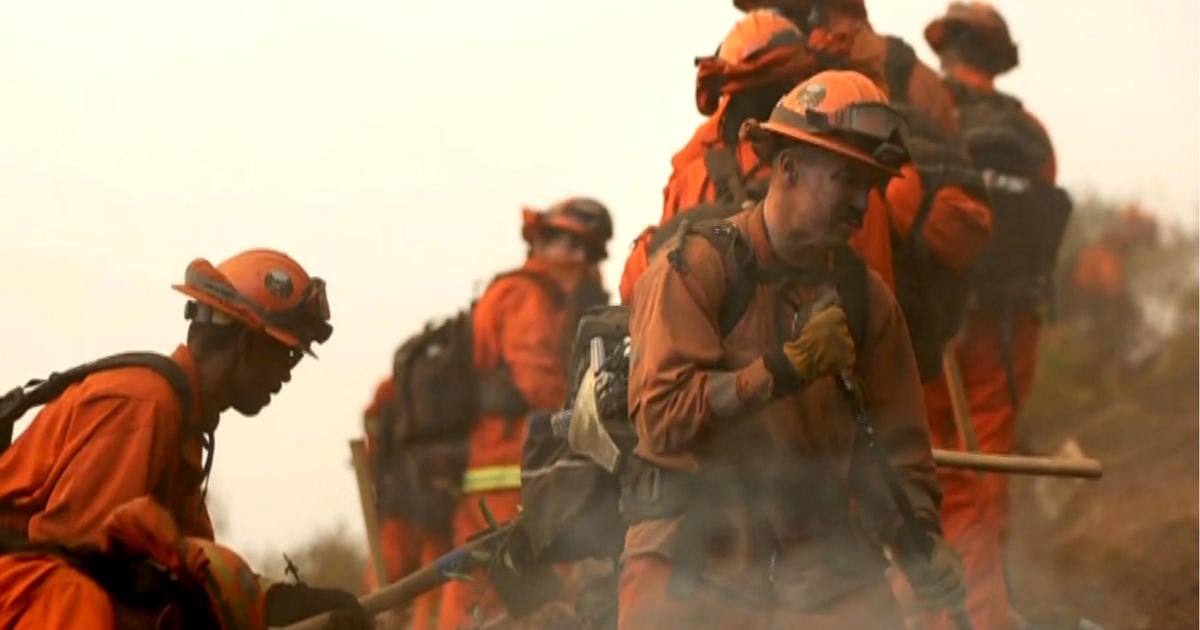How L.A. Officials Mastered Wildfire Preparedness Amidst Historic Winds
In a remarkable demonstration of resilience and foresight, Los Angeles officials have garnered praise from FEMA Administrator Deanne Criswell for their outstanding wildfire preparedness in the face of historic winds. As climate change exacerbates the frequency and intensity of wildfires across the western United States, L.A. stands as a beacon of proactive planning and community engagement. This article delves into the strategies employed by city officials, the challenges they faced, and how their approach could serve as a model for other regions grappling with similar threats.
The Climate Challenge: Understanding the Threat
California, and specifically Los Angeles, has long been prone to wildfires, especially during the dry season when Santa Ana winds sweep through the region. These winds, known for their strength and unpredictability, can rapidly escalate a small fire into a catastrophic blaze. The recent fire season has been particularly challenging, with winds reaching unprecedented speeds, a harbinger of the growing climate crisis.
According to the National Interagency Fire Center, California has experienced an alarming increase in wildfire incidents in recent years. The 2020 wildfire season was one of the worst on record, with over 4 million acres burned. Such stark statistics underscore the necessity for effective wildfire preparedness strategies.
L.A.’s Proactive Approach to Wildfire Preparedness
In light of these challenges, Los Angeles has adopted an innovative and comprehensive approach to wildfire preparedness. Here are some key strategies that have contributed to their success:
- Community Engagement: L.A. officials have prioritized community education, ensuring that residents are well-informed about fire risks and safety protocols. Programs that educate citizens on fire prevention measures and evacuation plans have been pivotal.
- Advanced Technology: The city has invested in cutting-edge technology for fire detection and response. This includes real-time monitoring systems that utilize satellite imagery and drones to detect fires early and assess their spread.
- Collaboration with Experts: By collaborating with wildfire experts and scientists, L.A. officials have developed more effective strategies tailored to the region’s unique ecological conditions.
- Robust Infrastructure: The city has bolstered its firefighting resources, including increased funding for fire departments, training for first responders, and the establishment of firebreaks to mitigate fire spread.
- Policy and Planning: Implementation of stringent building codes and land use policies that prioritize fire-resistant materials and defensible space around homes has also been a crucial element in their preparedness strategy.
Historic Winds and Their Implications
The winds that swept through Los Angeles this season were unprecedented, reaching speeds that posed grave challenges to both residents and firefighters. These historic winds not only increased the risk of fire ignition but also complicated firefighting efforts. In response, L.A. officials activated their emergency response plans, showcasing their readiness and commitment to protecting the community.
During these critical moments, the city’s emergency services worked around the clock, coordinating with state and federal agencies to ensure resources were mobilized swiftly. The effectiveness of this response can be attributed to the thorough training and preparedness drills conducted throughout the year, which enabled teams to operate seamlessly even under pressure.
The Role of Technology in Wildfire Management
One of the standout features of L.A.’s approach is its integration of technology into wildfire management. The city has implemented several technological advancements that have proven invaluable:
- Fire Detection Systems: Utilizing AI and machine learning, L.A. has developed early warning systems that can detect the initial signs of fire and alert authorities before it escalates.
- Data Analytics: By analyzing historical wildfire data, officials can identify high-risk areas and allocate resources more effectively, tailoring their strategies to the specific needs of different neighborhoods.
- Public Communication Tools: The city has enhanced its communication strategies, using social media and mobile applications to keep residents informed about fire risks and safety measures in real time.
Community Involvement: A Key Component
Perhaps one of the most commendable aspects of L.A.’s wildfire preparedness is the emphasis on community involvement. The city has engaged residents in various initiatives aimed at enhancing safety:
- Fire Safe Councils: These local groups empower residents to take ownership of fire prevention efforts, promoting neighborhood collaboration and resilience.
- Community Drills: Regular drills simulate emergency scenarios, ensuring that residents know how to respond effectively in the event of a wildfire.
- Education Programs: Workshops and information sessions focused on creating defensible space around homes and understanding fire behavior have been instrumental in fostering a culture of preparedness.
A Model for Other Regions
Given the effectiveness of Los Angeles’ wildfire preparedness strategies, other regions facing similar wildfire threats should take note. The importance of a proactive approach cannot be overstated. Here are some lessons that can be gleaned from L.A.’s experience:
- Investing in Technology: Leveraging advanced technology can enhance detection and response capabilities, allowing for quicker action before fires escalate.
- Engaging Communities: Building strong community networks and educating residents about fire safety fosters resilience and ensures that everyone plays a role in prevention.
- Collaboration is Key: Coordinating efforts among local, state, and federal agencies creates a unified response strategy and optimizes resource allocation.
Conclusion: A Bright Future for Wildfire Preparedness
As climate change continues to challenge communities around the globe, the proactive wildfire preparedness exhibited by Los Angeles officials amidst historic winds stands as an inspiring model. Their multifaceted approach, characterized by community engagement, technological innovation, and strategic planning, not only protects lives and property but also fosters a sense of unity and resilience among residents.
By prioritizing these principles, other regions can enhance their own wildfire preparedness efforts, ensuring that they are better equipped to face the growing threats posed by wildfires. With continued dedication and innovation, a brighter, safer future is possible for communities at risk of wildfires.
See more Your Daily Weather



